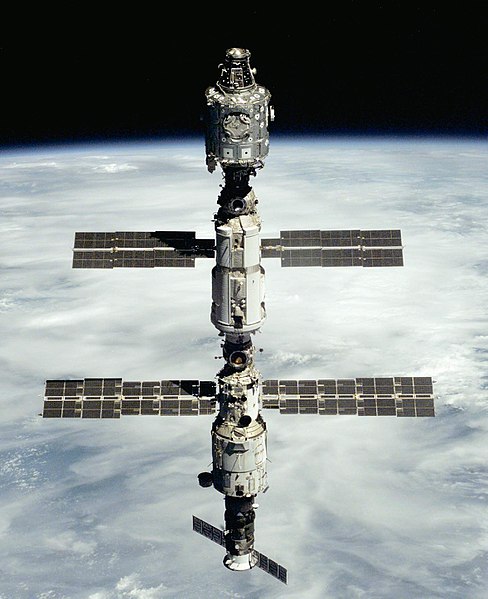International Space Station - Origins
In the early 1980s, NASA planned Space Station Freedom as a counterpart to the Soviet Salyut and Mir space stations. It never left the drawing board and, with the end of the Soviet Union and the Cold War, it was cancelled. The end of the space race prompted the U.S. administration officials to start negotiations with international partners Europe, Russia, Japan and Canada in the early 1990s in order to build a truly international space station. This project was first announced in 1993 and was called Space Station Alpha. It was planned to combine the proposed space stations of all participating space agencies: NASA's Space Station Freedom, Russia's Mir-2 (the successor to the Mir Space Station, the core of which is now Zvezda) and ESA's Columbus that was planned to be a stand-alone spacelab.
The first section, the Zarya Functional Cargo Block, was put in orbit in November 1998 on a Russian Proton rocket. Two further pieces (the Unity Module and Zvezda service module) were added before the first crew, Expedition 1, was sent. Expedition 1 docked to the ISS on November 2, 2000, and consisted of two Russian cosmonauts, Yuri Gidzenko and Sergei Krikalev, and U.S. astronaut William Shepherd.

